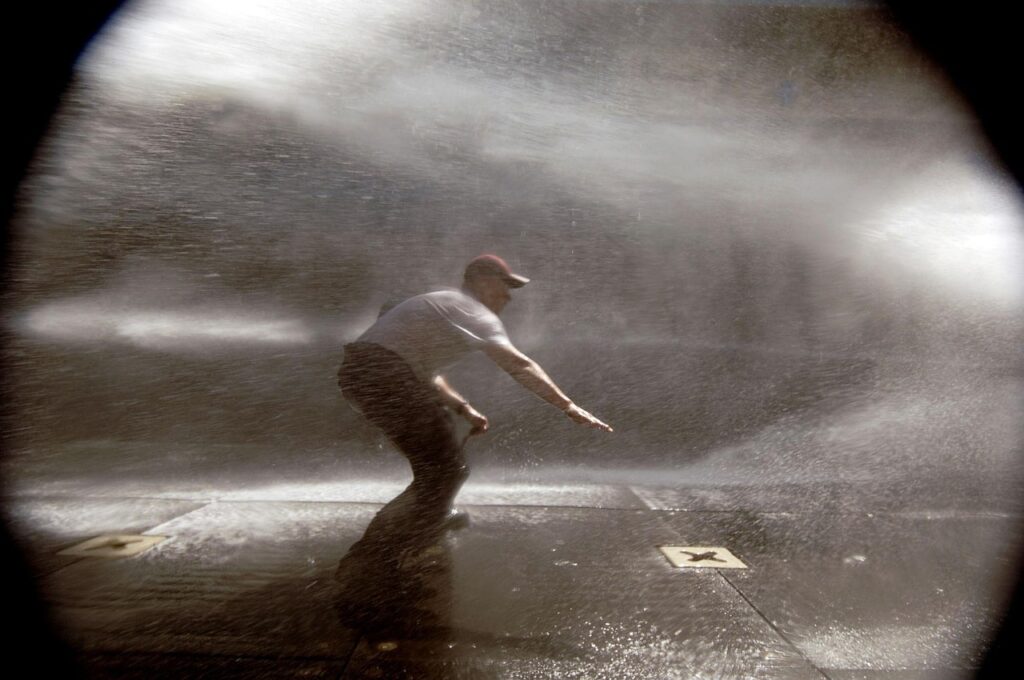Why you simply must checkout inspecting and retrofitting for safety and Home & Garden Tips
Found it! Home & Garden Tips in Maine
Expository Summary: Ensuring a Safe and Secure Home Through Inspection and Retrofitting
Introduction:
Maintaining a secure and comfortable home environment requires proactive measures to identify and address potential hazards. Whether engaging professionals or undertaking do-it-yourself (DIY) projects, regular inspections and retrofits are essential for safeguarding your abode.
Tools and Materials:
Essential Tools:
* Hammer
* Screwdriver
* Pliers
* Level
* Measuring tape
Safety Gear:
* Safety glasses
* Gloves
* Work boots
* First aid kit
Materials:
Materials required depend on the specific project, but may include:
* Lumber
* Screws
* Nails
* Paint
* Electrical wire
* Plumbing fixtures
* Weatherstripping
Major Projects:
For larger-scale projects, such as electrical rewiring, plumbing updates, or structural repairs, it is highly advisable to seek professional assistance. These tasks involve specialized knowledge and tools that are best handled by qualified contractors.
DIY Projects:
Certain inspections and retrofits can be safely handled by homeowners, providing cost savings and a sense of accomplishment. DIY projects may include:
- Smoke detector and fire extinguisher installation
- Loose handrail repair
- Caulking and weatherstripping gaps
- Replacing light fixtures and ceiling fans
- Upgrading outdoor lighting for security
Importance of Inspections and Retrofits:
Regular inspections and retrofits help identify and mitigate potential risks, such as:
- Electrical hazards: Faulty wiring, overloaded circuits
- Structural deficiencies: Cracks, sagging walls
- Plumbing issues: Leaks, corrosion
- Fire hazards: Improperly stored combustibles, blocked chimneys
- Security vulnerabilities: Unlocked doors, weak locks
Benefits of a Safe and Secure Home:
By prioritizing home safety, homeowners can:
- Protect their loved ones and property from harm
- Enhance peace of mind and comfort
- Increase the value of their home
- Comply with building codes and regulations
Keep Your Home Safe and Sound: A Guide to Inspecting and Retrofitting for Safety
TL;DR – Too Long; Didn’t Read
Want to keep your home safe and secure? This article will show you how to inspect and make changes to your home, including electrical wiring, plumbing, and more. You’ll learn how to find and vet a qualified contractor or DIY projects yourself. Ready to make your home a safe haven? Read on!
Why Inspect and Retrofit for Safety?
Your home should be a haven, a safe place for you and your family. But over time, things can wear down, safety features might become outdated, or even hazards could develop without you knowing. That’s where inspecting and retrofitting for safety comes in.
Think of it as a checkup for your home! By regularly inspecting and updating your home’s systems, you’re not just making it safer, you’re also making it more energy-efficient and comfortable. A well-maintained home is a happy home!
Finding and Vetting Quality Professional Contractors
You wouldn’t try to fix your car without a mechanic, right? The same goes for your home. Hiring a qualified contractor for inspecting and retrofitting for safety can make a huge difference. Here’s how to find the right one:
H3: Finding the Right Contractor
- Research Online: Check websites like homesgardenspros.com for reviews and recommendations on contractors in your area.
- Ask for Recommendations: Talk to friends, family, and neighbors. They may have used a contractor for a similar project.
- Check for Licensing and Insurance: Make sure any contractor you consider is properly licensed and insured. This protects you in case of an accident or damage.
H3: Vetting the Contractor
- Conduct Interviews: Talk to several contractors to get a feel for their experience, communication style, and pricing.
- Ask for References: Ask for past clients who you can contact for a reference check.
- Review Past Work: If possible, visit a project the contractor has completed to see the quality of their work firsthand.
- Get Multiple Quotes: Don’t settle for the first quote you get. Compare pricing and services from multiple contractors to make sure you’re getting a fair deal.
DIY Homeowner Section
Do you prefer to tackle projects yourself? That’s great! You can handle some basic inspecting and retrofitting for safety tasks on your own, saving money and gaining a sense of accomplishment. Here’s what you need to know:
H3: Essential Tools and Materials
- Basic Tools: Hammer, screwdriver, pliers, level, measuring tape, tape measure
- Safety Gear: Safety glasses, gloves, work boots, a first aid kit
- Materials: Depending on your project, you might need things like lumber, screws, nails, paint, electrical wire, plumbing fixtures, or weatherstripping.
H3: Simple DIY Projects
- Smoke Detector Check: Make sure all your smoke detectors are working properly by testing them regularly. Replace batteries or units as needed.
- Carbon Monoxide Detector Check: Similarly, test your carbon monoxide detectors regularly and replace them as needed.
- Window and Door Seals: Check for drafts around your windows and doors. Use weatherstripping to improve insulation and reduce energy costs.
- GFCI Outlets: Ground Fault Circuit Interrupter (GFCI) outlets are essential in areas with water, such as kitchens, bathrooms, and basements. Make sure your GFCI outlets are working correctly by testing them regularly.
H3: Major Projects
For larger inspecting and retrofitting for safety projects, such as electrical rewiring, plumbing updates, or structural repairs, it’s best to leave it to the professionals. These tasks can be complex and dangerous if not handled correctly. If you’re considering tackling a major project yourself, be sure to:
- Research Thoroughly: Learn as much as you can about the project before you start.
- Follow Safety Guidelines: Always prioritize safety when working on electrical, plumbing, or structural elements.
- Get Permits: In some areas, permits are required for certain home improvement projects. Check with your local building department before you begin.
Summary: Making Your Home a Safe Haven
Whether you choose to hire a professional or take on DIY projects, inspecting and retrofitting for safety is crucial for ensuring a secure and comfortable home. Remember to prioritize safety, research your projects, and use reliable resources. By taking these steps, you’ll be making a valuable investment in your home and the wellbeing of your family.
Don’t forget to check out these additional resources for more information and guidance:
- National Fire Protection Association (NFPA): https://www.nfpa.org/
- U.S. Department of Energy (DOE): https://www.energy.gov/
- American Society of Home Inspectors (ASHI): https://www.ashi.org/
- Home Improvement Books: Local libraries or bookstores can provide a wide selection of home improvement books.
- Home Improvement Videos: YouTube and other online platforms offer countless videos on home improvement topics, including inspecting and retrofitting for safety.
More on inspecting and retrofitting for safety…
- Home inspection
- Home renovation
- Home safety
- Home retrofitting
- Safety inspection
- Building codes
- Seismic retrofitting
- Structural engineering
- Foundation repair
- Roof repair
- Electrical safety
- Plumbing safety
- Gas safety
- Fire safety
- Home maintenance
- Do-it-yourself home improvement
- Home improvement tips
- Home safety tips
- Home renovation tips
- Home decorating tips
- Home gardening tips
- Landscaping tips
- Yard work tips
Contents
- 1 Found it! Home & Garden Tips in Maine
- 2 Keep Your Home Safe and Sound: A Guide to Inspecting and Retrofitting for Safety
- 3 More on inspecting and retrofitting for safety…




Leave a Reply
You must be logged in to post a comment.